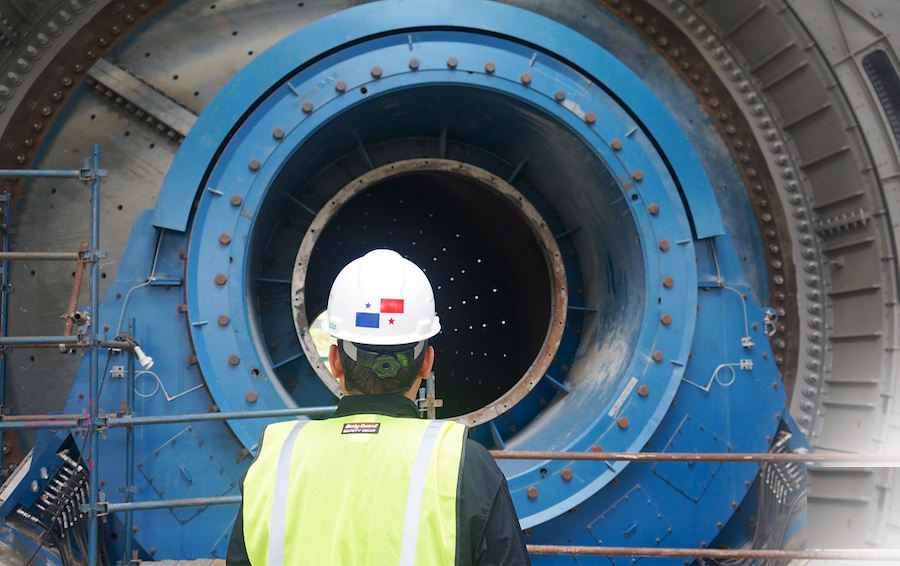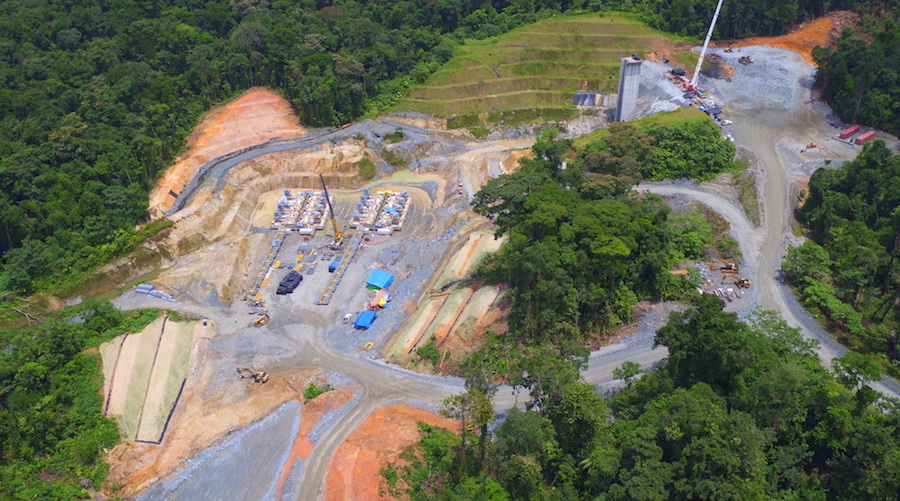
Canada’s First Quantum Minerals (TSX: FM) is hoping a new contract for its flagship copper mine in Panama will be approved soon, after negotiations with the government ended last month, with the company agreeing to pay higher royalties.
The Vancouver-based miner, which was in talks with the country’s government since September of last year, agreed in January to pay $375 million a year from Cobre Panama. It also accepted to give the government between 12% and 16% of its gross profit, which would replace the previous 2% revenue royalty.
First Quantum agreed as well to start paying 25% corporation tax, from which it was previously exempted until its investments at the mine were recovered.
The new contract has yet to be approved by Panama’s Congress and must be signed by both parties.
“The parties continue to finalize the details behind these principles, including the appropriate mechanics that would achieve this outcome, the necessary protections to the business for downside copper price and production scenarios and to ensure that the new contract and legislation are both durable and sustainable,” First Quantum said in its recently published 2021 production report.
Once the final document is drawn up, it would be put to the national assembly for debate.
“The company welcomes the transparency of the robust ministerial commission process and is hopeful that this matter can be concluded shortly,” First Quantum added.
Shortly after accepting the royalty increase, First Quantum’s local unit received a request to stop drawing power from the country’s only remaining plant that still burns coal for power generation.
That is why the final contract agreement includes a clause indicating the miner must start technical studies six months after signing the deal. The goal is to implement cleaner energy technologies to replace burning coal at an existing power plant, the energy ministry said earlier this month.
Panama, which last year produced 82% of its electricity from renewable sources, is upgrading its legal framework and running price forecasts to encourage cleaner energy sources, including the production of sugarcane-based ethanol and the installation of decentralized power generation plants.

Another piece of Panama’s clean energy agenda is a natural gas-fueled 670-megawatt power plant near Colón, a $1 billion project by a consortium between InterEnergy Group, a unit of AES, and the government. Construction of the facility began last month.
The government also plans to call consulting companies this month for advice on reforming Panama’s hydrocarbon law, aimed at updating regulations for downstream projects, the minister said.
Cobre Panama, which began operations in 2019, is estimated to hold 3.1 billion tonnes in proven and probable reserves. It has generated some $6.7 billion in private investment, and includes two open pits, a processing facility, two power plants and a port.
The mine complex, located about 120 km west of Panama City and 20 km from the Atlantic coast, contributes 3.5% of the Central American country’s gross domestic product, according to government figures. It originally was designed to produce about 300,000 tonnes of copper per year at full capacity, but First Quantum wants to boost production to 370,000-400,000 tonnes of copper and up to 170,000 ounces of gold in 2024, it said on a post-earnings call on Wednesday.
Cobre Panama is expected to account for more than 40% of the company’s total copper and gold output globally this year.
The operation has a current throughput of 85 million tonnes per annum (MTPA) and is on track to reach up to 90 MTPA this year and 100 MTPA by the end of 2023.
Minera Panama’s concession was approved in 1997 and initially granted to Canada’s Inmet Mining Corporation, which was acquired by First Quantum in 2013.
The miner, which is the world’s sixth largest copper company and Canada’s largest producer of the metal, generated 331,000 tonnes of the metal at Cobre Panama in 2021, 125,000 tonnes more than in the previous year and more than double the 147,000 tonnes of copper and 60,000 ounces of gold during it generated in the first year of commercial operations in 2019.
For 2022, it expects to churn out between 330,000 and 360,000 tonnes of copper at the operation, increasing to 350,000-380,000t next year and to 370,000-400,000t in 2024.